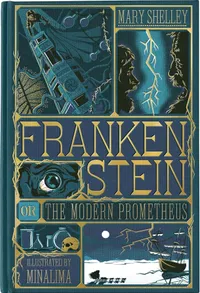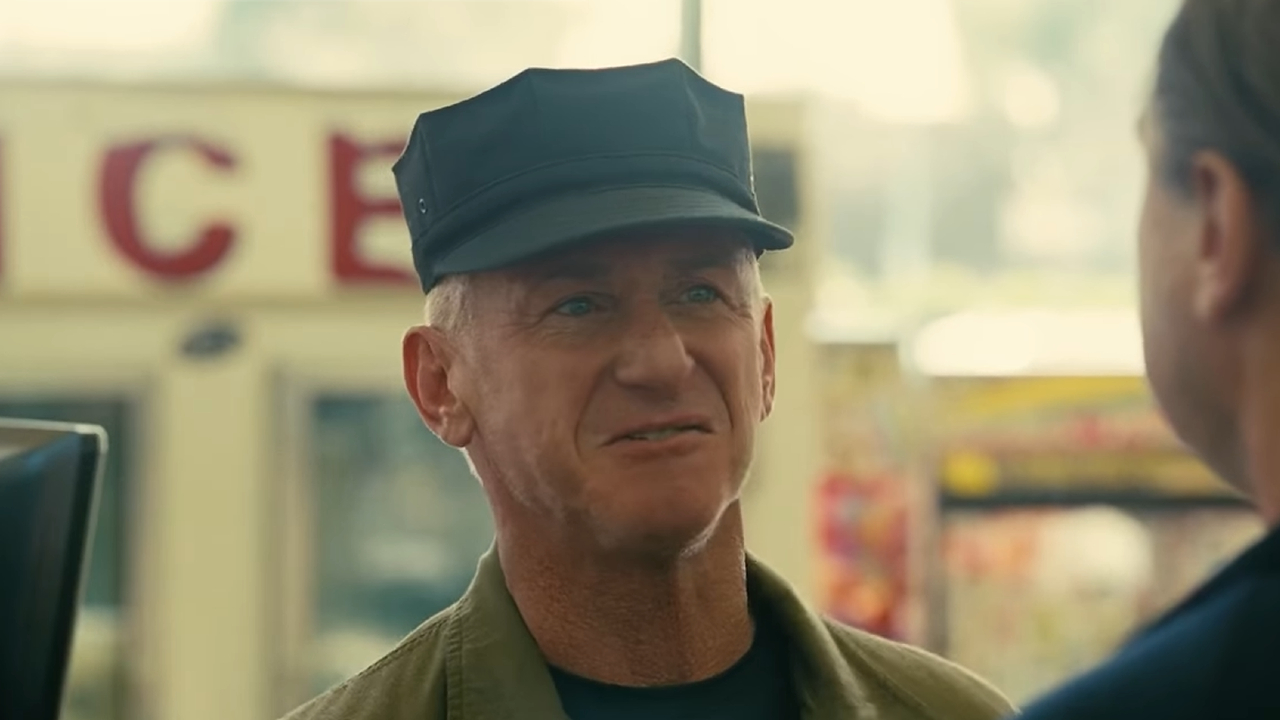Guillermo Del Toro's Frankenstein Ending Is A Lot Different Than The Classic Novel, But I Think I Prefer It
It's alive!
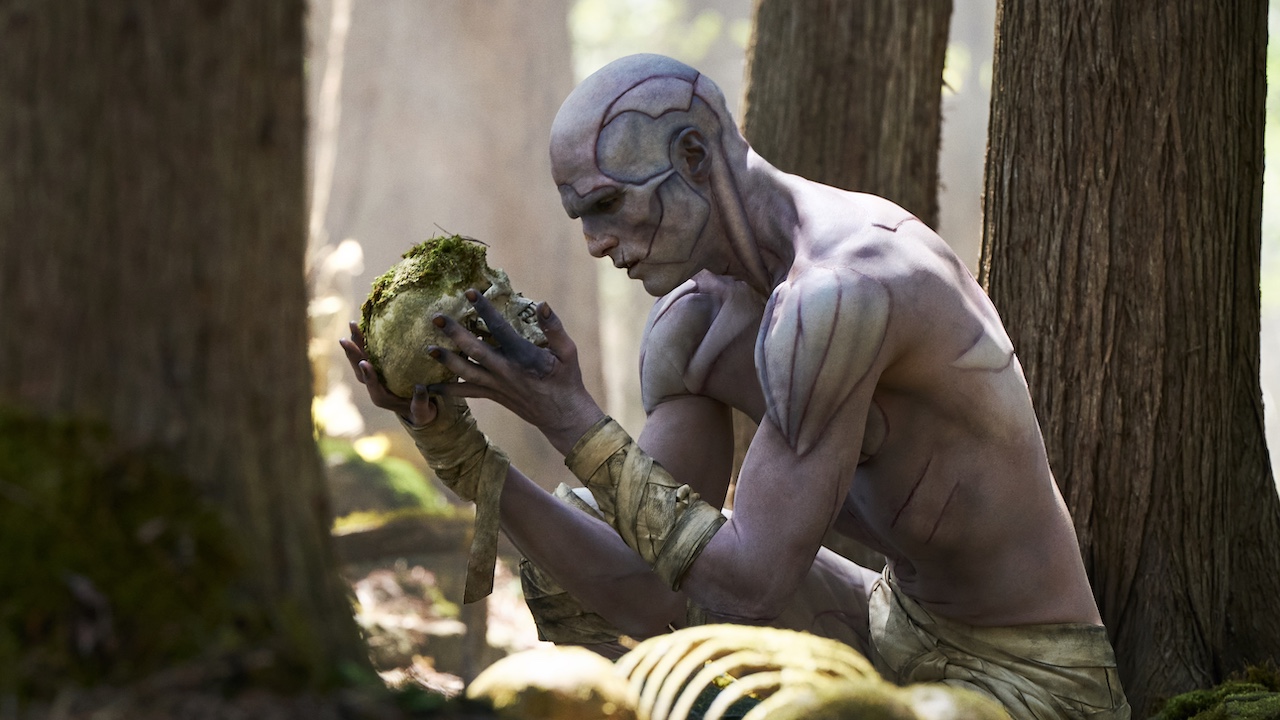
SPOILERS are ahead for the ending of Frankenstein by Mary Shelley and Guillermo del Toro’s Frankenstein, now streaming with a Netflix subscription.
Making any one of the upcoming book-to-screen adaptations has to be a nail-biting process, because when you convert a piece of literature into a different medium, there’s always something lost along the way. But, once in a while, a creative team knocks it out of the park, and it feels like you actually got something new from a book. Guillermo del Toro’s Frankenstein is one of those rare movies to do so. Not only because it nails the spirit of Mary Shelley’s classic work, but in the way it builds on it, too.
Frankenstein is one of those books that will be adapted over and over for every generation. So while you can certainly try to nail it word-for-word, I’m overjoyed that Guillermo del Toro, a true master of horror and fantasy, found a poignant way to share his own reading of the iconic monster story by making some changes to the ending of the story. Let’s break it down.
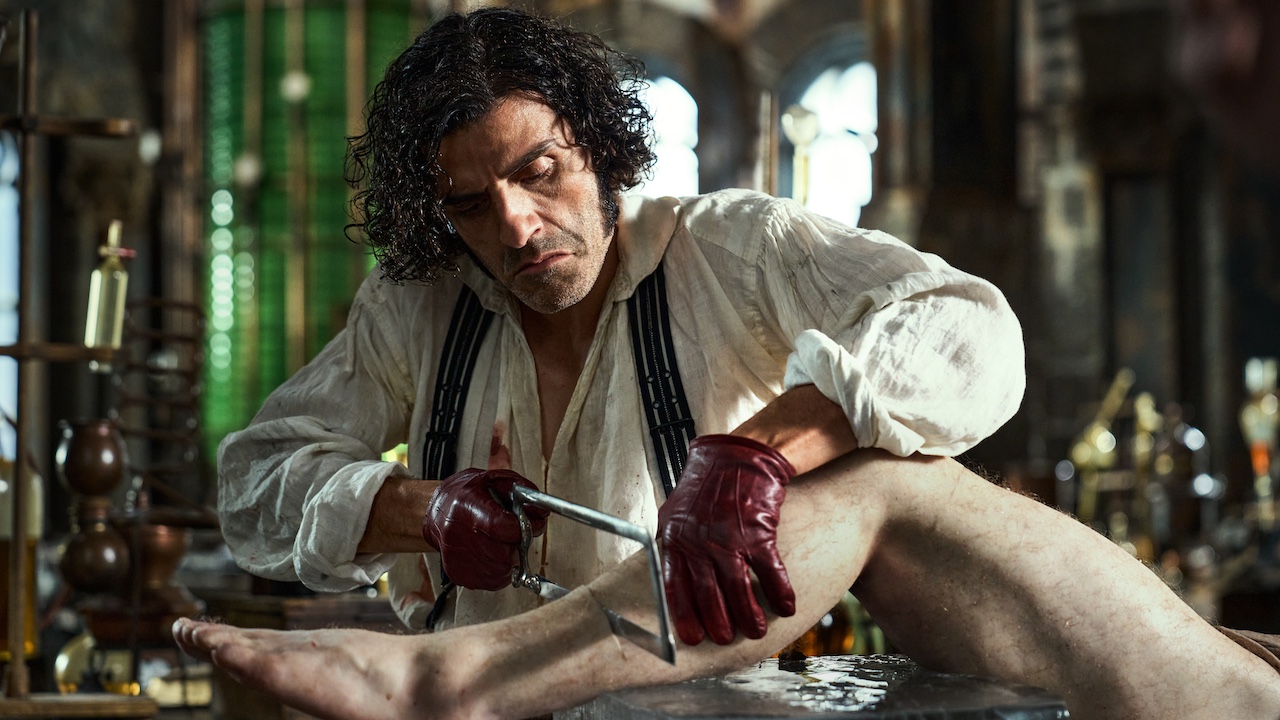
What Happens At The End Of The Frankenstein Book
I’ll never forget the first time I read Frankenstein in high school. At the time, I had no idea one of the most famous monsters in pop culture started as a novel that was written by a 19-year-old woman in 1818. I was floored by the novel, and it has remained one of my favorite books of all time since.
In the book, Frankenstein ends with the death of Victor Frankenstein after his wife, Elizabeth, who was his childhood friend-turned-lover, is killed at the hands of the monster he created. A few days later, his father, whom he’s only just reunited with, dies as well, seemingly as a reaction to the horror of his son's tragedies. Victor is vengeful and decides not to rest until he’s killed his murderous creation. This leads Victor to the snowy North, where he meets a man named Walton, who captains a North Pole-bound ship. Victor tells him the story of how he created a monster out of the various limbs of cadavers stunned by electricity.
Victor dies not long after telling Walton his story. Several days later, Walton finds the monster on the ship crying over the dead body of Victor, before he laments about the regrets in his life. The book ends with the monster leaving Walton’s ship hopeless and fully intending to commit suicide because he has nothing left, and is truly alone in the world. The ending really drives home Shelley’s message that companionship is absolutely key to our survival, and how, when both Victor and the monster were cast out (in their ways) from society, they each met melancholic ends.
If you're looking for a particular special edition of Mary Shelley's classic Frankenstein to dive into, check out this deluxe illustrated edition with artwork by MinaLima over on Amazon.
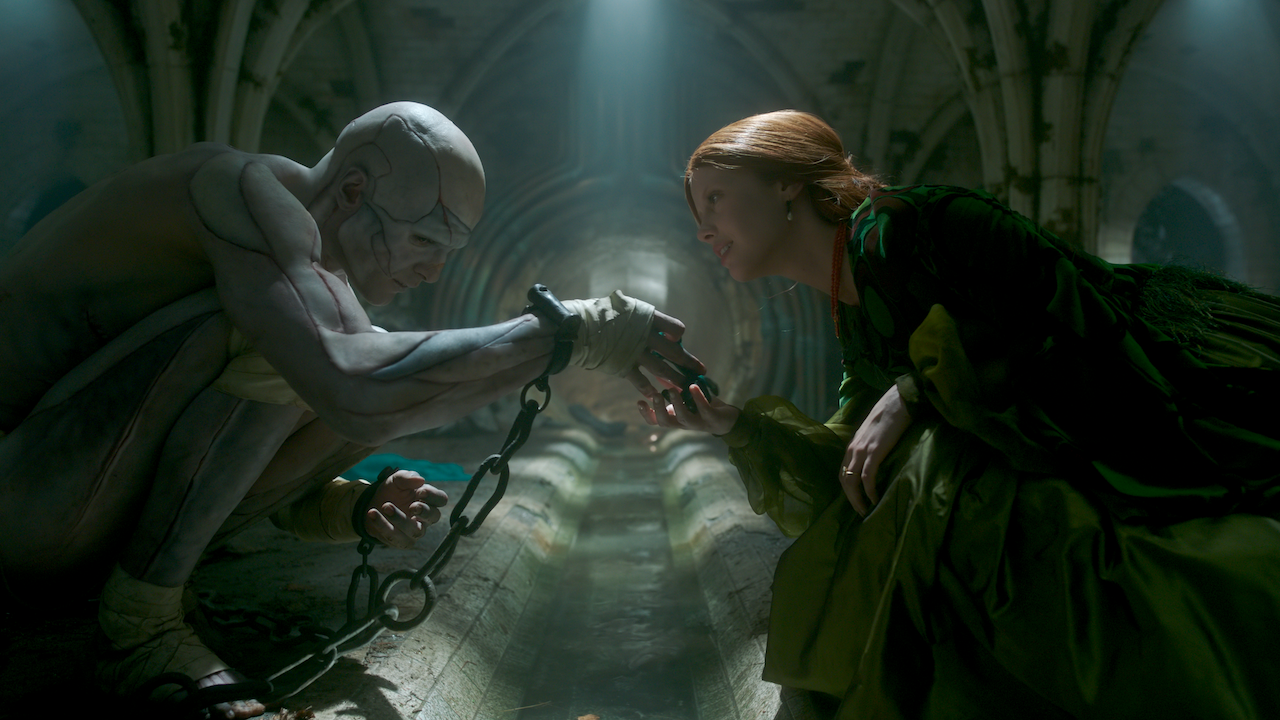
What Happens At The End Of Guillermo Del Toro's Frankenstein
Writer/director Guillermo del Toro's version frames the whole story around Victor in his final days, telling his story to Walton on his ship up North, like the book. However, before we get to Victor’s death, there are a few major changes to note. For one, in the movie, Elizabeth is the fiancée of his younger brother, William, and pretty much hates Victor’s guts from the beginning. The movie gives Elizabeth more to do because she actually bonds with the monster and wants to love and protect him. In Del Toro’s reading, I think she sees herself in the monster and wishes for them both to be free, rather than the possessions that they are treated like by Victor.
Your Daily Blend of Entertainment News
Jacob Elordi’s monster, who was originally going to be played by Andrew Garfield, is a much gentler creature than the monster in the book, with a much smaller kill count. In the movie, it’s Victor who actually kills Elizabeth by accident on her wedding night while trying to shoot his creation, and his brother dies soon after in the commotion. Following this incident, Victor is vengeful of the monster, but because he has nothing left to live for, he feels he must kill him. (But this version of the creature seems invincible). His creation is equally as angry at him and stalks him to the North.
When Victor and the monster reunite on the ship, Victor is not yet dead, and when they are together, he asks his creation for forgiveness. As Victor says in the movie:
Forgive me, my son. And if you have it in your heart, forgive yourself into existence. If death is not to be, then consider this, my son: While you are alive, what recourse do you have but to live? Live.
The movie concludes with the creature forgiving Victor as he takes his last breath. He kisses him on the head, and leaves the ship, not without helping the crew get unstuck from an iceberg they’ve run into, and reveling in watching a sunrise as the score gorgeously wells (and I know I started tearing up).
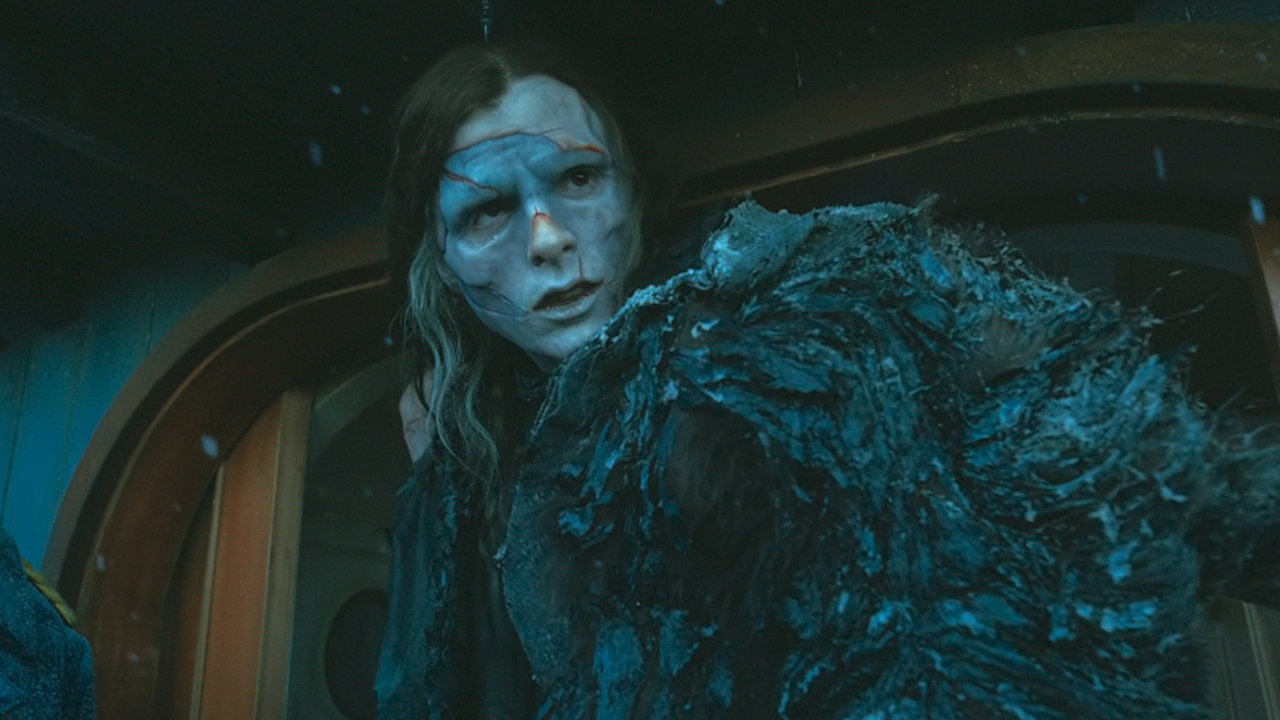
Why I Think I Like The Movie's Ending Better
Obviously, between the two, Guillermo del Toro’s Frankenstein is a lot more hopeful and perhaps not as realistic. But I absolutely love the sentiment behind it, because it frames Victor and his creation as father and son, and the message there is beautiful. By the end of the movie, we see Victor as this flawed father, who was traumatized by his own father’s inability to save his beloved mother (as shown at the beginning of the movie), and then took his trauma into his own “fatherhood” of sorts and created the creature. But, rather than holding the anger he had toward Victor for putting him into the world and treating him poorly, he’s able to set himself free by forgiving him in the end, and taking his advice to “live.”
Obviously, Mary Shelley’s original story is absolutely perfect –no notes, and I would never want to change the original vision she had for the story. But, when it comes to this adaptation by del Toro, I’m so happy he ended the movie at this place of optimism and the creature earning this sense of gratitude for what it means to be human from Victor. It made me think differently about Frankenstein’s themes about humanity in terms of family dynamics I’d never gathered before. This is one of those 2025 movie releases I won’t forget anytime soon.

Sarah El-Mahmoud has been with CinemaBlend since 2018 after graduating from Cal State Fullerton with a degree in Journalism. In college, she was the Managing Editor of the award-winning college paper, The Daily Titan, where she specialized in writing/editing long-form features, profiles and arts & entertainment coverage, including her first run-in with movie reporting, with a phone interview with Guillermo del Toro for Best Picture winner, The Shape of Water. Now she's into covering YA television and movies, and plenty of horror. Word webslinger. All her writing should be read in Sarah Connor’s Terminator 2 voice over.
You must confirm your public display name before commenting
Please logout and then login again, you will then be prompted to enter your display name.
